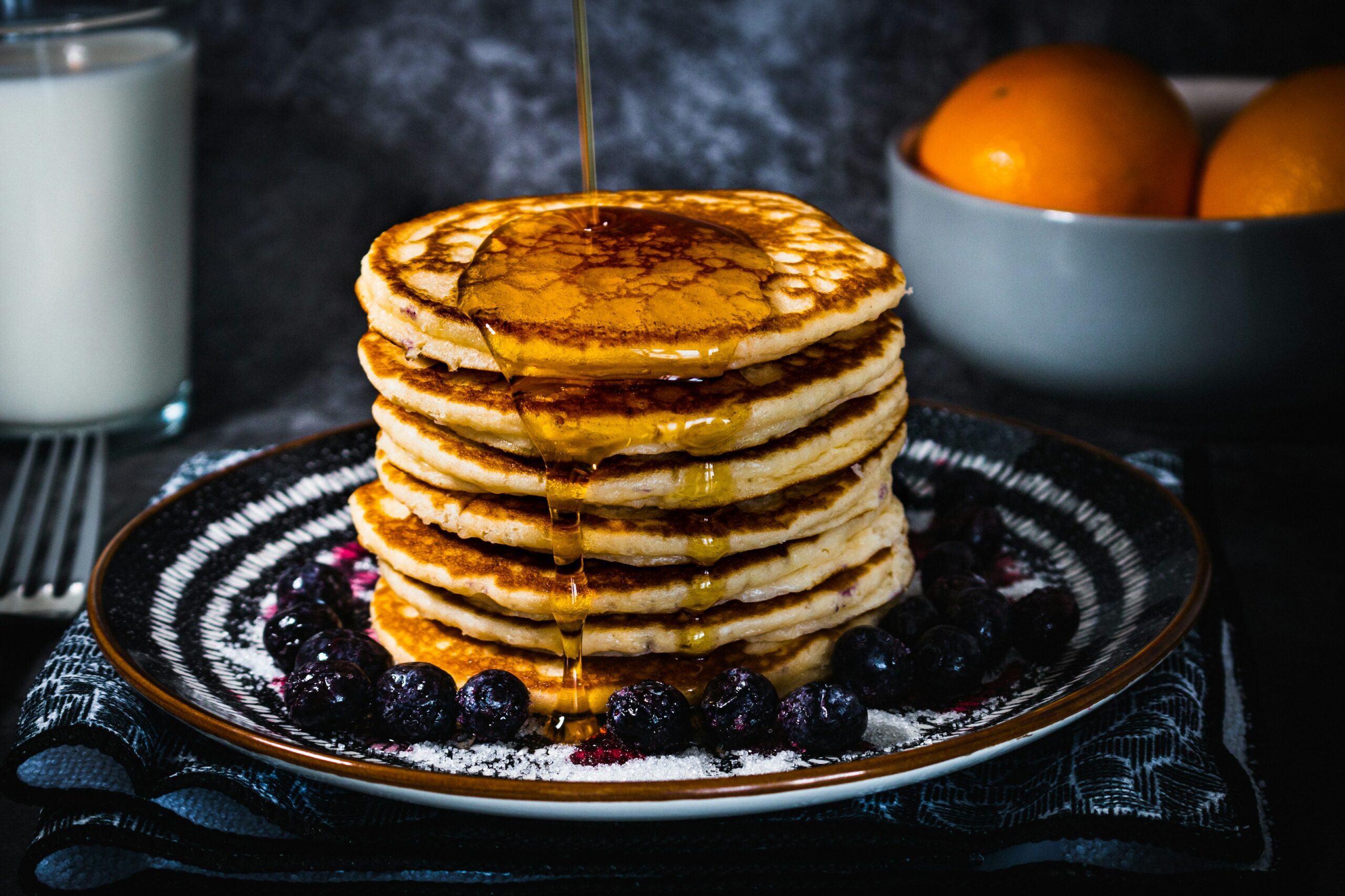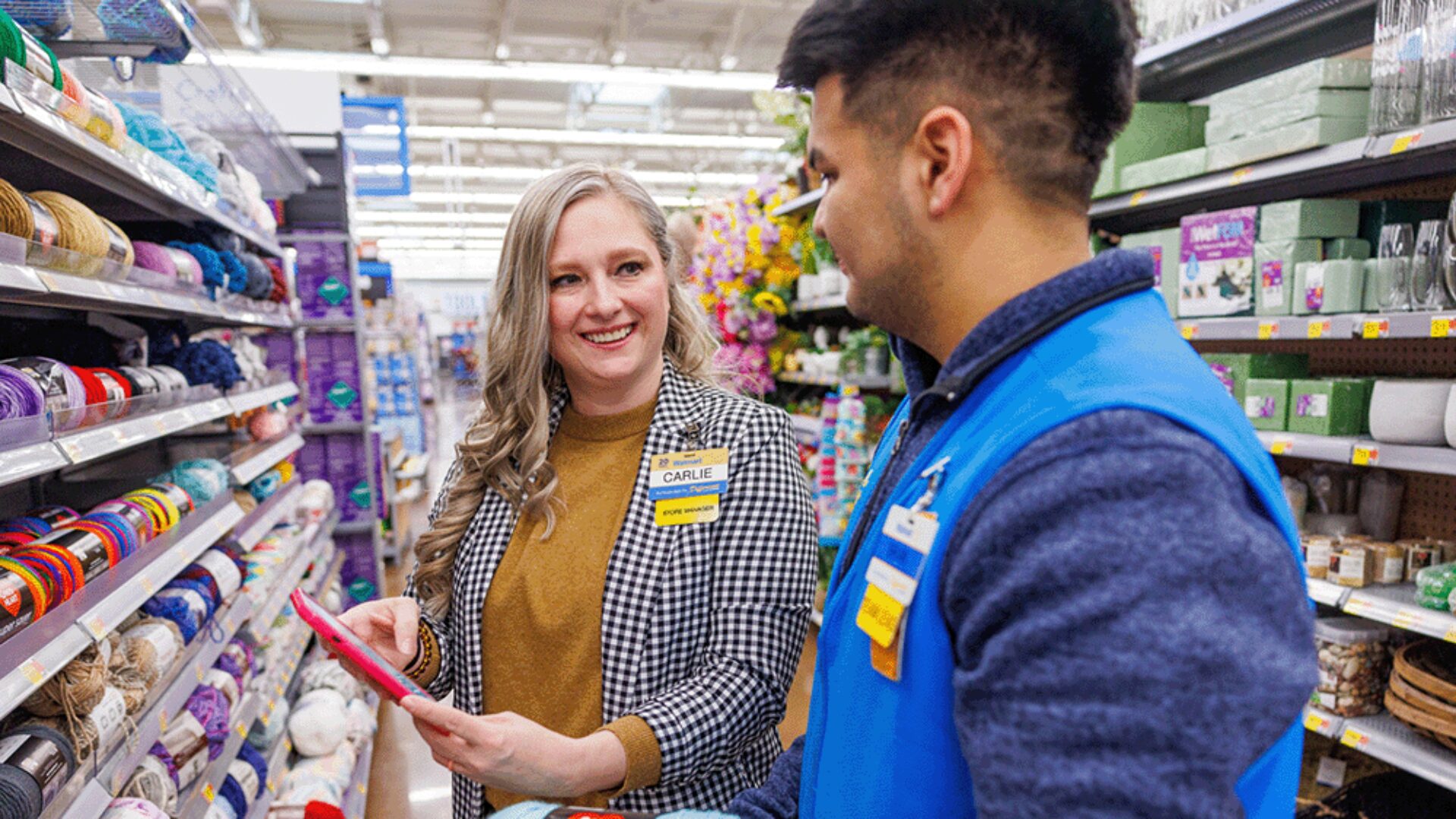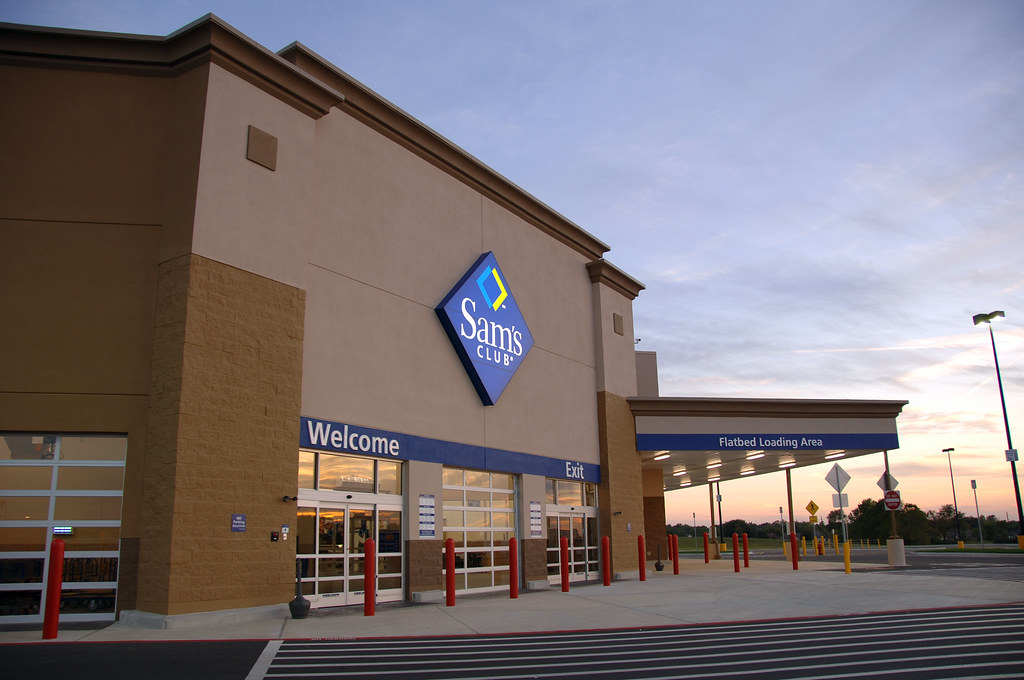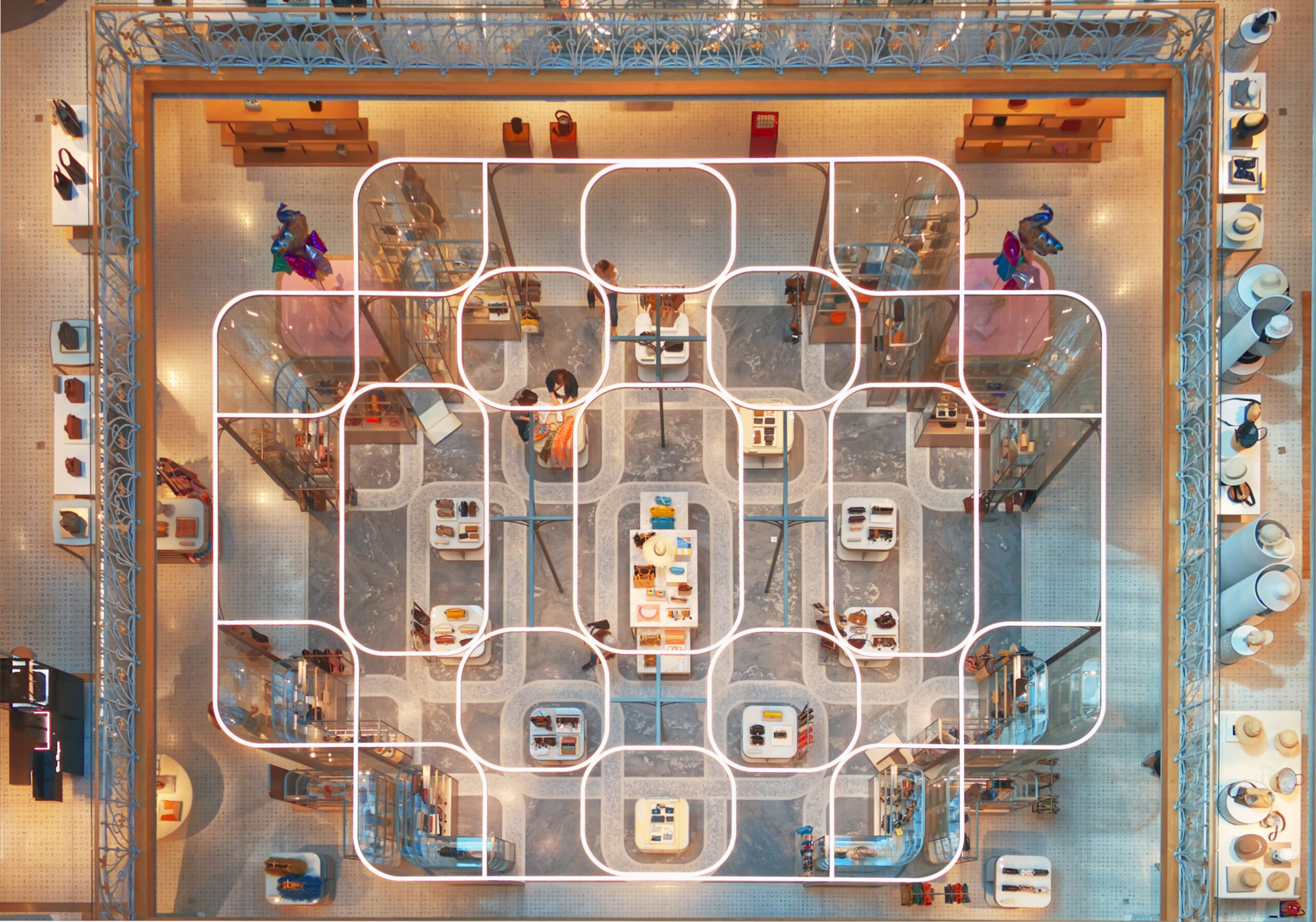The pandemic may change how customers grocery shop for years to come, according to industry analysts.
Some changes, such as masks and one-way aisles, might fade away as coronavirus cases decline, but others will become the norm, changing how customers stock their fridges and how grocers operate, reported CNBC (May 16).
For example, customers will become more aware of germs and continue to seek out contactless ways to buy or pay for groceries. Contactless payment has been on the rise, as well as mobile apps tied to payments such as Amazon Prime Now to place deliveries or pickup orders, reported The Seattle Times (April 19).
Richard Crone, CEO of mobile-payment research firm Crone Consulting LLC, anticipates contactless payments to receive an additional 10% to 20% of transactions at stores and ATMs, and for person-to-person services like PayPal, Venmo, and Zelle to benefit as well.
These types of approaches may stick around due to convenience, as well as heightened safety.
The pandemic is also accelerating the trend of buying local, according to Scott McKenzie, Nielsen’s head of global intelligence. McKenzie noted people are gravitating even more to products grown or made closer to home as they think about the long distances produce, meat, and other foods may travel and the borders they may cross before arriving to them.
The trend is driving interest in subscriptions to farm boxes and items with “a shorter supply chain,” McKenzie said. “I call this the phenomenon of buying milk from cows you can see,” he added.
During the pandemic, grocery shoppers have been downloading new grocery apps and trying new online services, which could lead to a shift in an industry that previously was slow to go digital. Only about 3% or 4% of grocery spending in the U.S. was online before the coronavirus outbreak, according to research by consulting firm Bain & Company. That could increase to between 5% and 10% after it, said Steve Caine, a retail expert and partner for the firm.
Online grocery ordering is continuing to surge with 51% of shoppers placing an order in the four weeks ending April 7, according to a report from Acosta. Of online grocery shoppers, 33% made their first-ever online order in that period, up 5% from the previous report.
At Target, digital sales in April nearly quadrupled, rising 275%, reported Fortune (April 23). Additionally, on some days, the volume of orders for its drive-up service have been seven times that of a typical day, while in-store pickup has been twice as busy as Cyber Monday.
Additionally, grocers will look for creative ways to strengthen relationships with customers. Pickers, or employees who fulfill and bag online orders at stores, will be more important and could even become a competitive advantage for retailers, according to Eiko Kawano, a group experience director for Publicis Sapient.
Grocers could use pickers as brand ambassadors and suggestive sellers, Kawano noted, and stores could ask them to upload a photo or brief profile and allow customers to rate them similar to Uber or Lyft drivers.
The pandemic might also inspire more innovation in automation, including micro-fulfillment centers and “dark stores,” which fulfill only pickup and delivery orders.
In 2019, Albertson’s and Stop & Shop were already testing automated micro-fulfillment centers in their own stores that are dedicated to fulfilling deliveries and pickups, while Meijer began testing micro-fulfillment with logistics company Demantic. Hy-Vee also tested out four dark stores of its own.
More recently, Whole Foods Market revealed it was converting a sixth location to a “dark store” that is dedicated to only fill online orders, reported Business Insider (May 13). At this point, the dark store is temporary.









